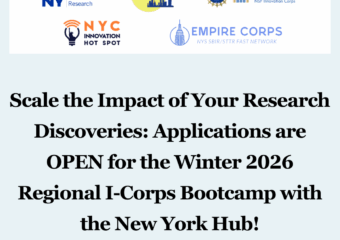A Seminar on Integration of Vantage Points, Programs, and Approaches for Space-Based Earth Remote Sensing by Dr. Jack A. Kaye from NASA
Dr. Jack A. Kaye, Associate Director for research of the Earth Science Division (ESD) within National Aeronautics and Space Administration’s (NASA) Science Mission Directorate (SMD) visited the City College of the City University of New York on November 21, 2024. Dr. Kaye was co-hosted by National Oceanic and Atmospheric Administration Center for Earth System Science and Remote Sensing Technologies (NOAA-CESSRST II) Center and the CREST institute. During his visit, Dr. Kaye delivered a seminar on Integration of Vantage Points, Programs, and Approaches for Space-Based Earth Remote Sensing.
The vantage point of space provides a way to look at the Earth globally, with the ability to observe Earth’s interacting components (air, water, land, ice) and both naturally-occurring and human-induced processes. It lets us look at variability on a broad range of spatial and temporal scales, and, given the decades of accomplishment, has allowed us to characterize and document Earth System variability on time scales from minutes to decades. The size and complexity of the Earth mean that no one nation, program, vantage point, or observing technique can make all the needed observations to understand Earth’s recent evolution and provide needed information to support prediction about its future evolution. Integration across vantage points (space, airborne, surface) is important given their complementary nature (as well as supporting calibration and validation activities for current and future missions), as is that across programs (national, government/commercial), and approaches (e.g., active, passive). In his talk, Dr. Kaye presented a review of how NASA’s Earth Science Division integrates across vantage points, observing programs, and observing approaches, with recent examples.
The seminar was well attended by CESSRST II and CCNY students, professionals, and faculty.




